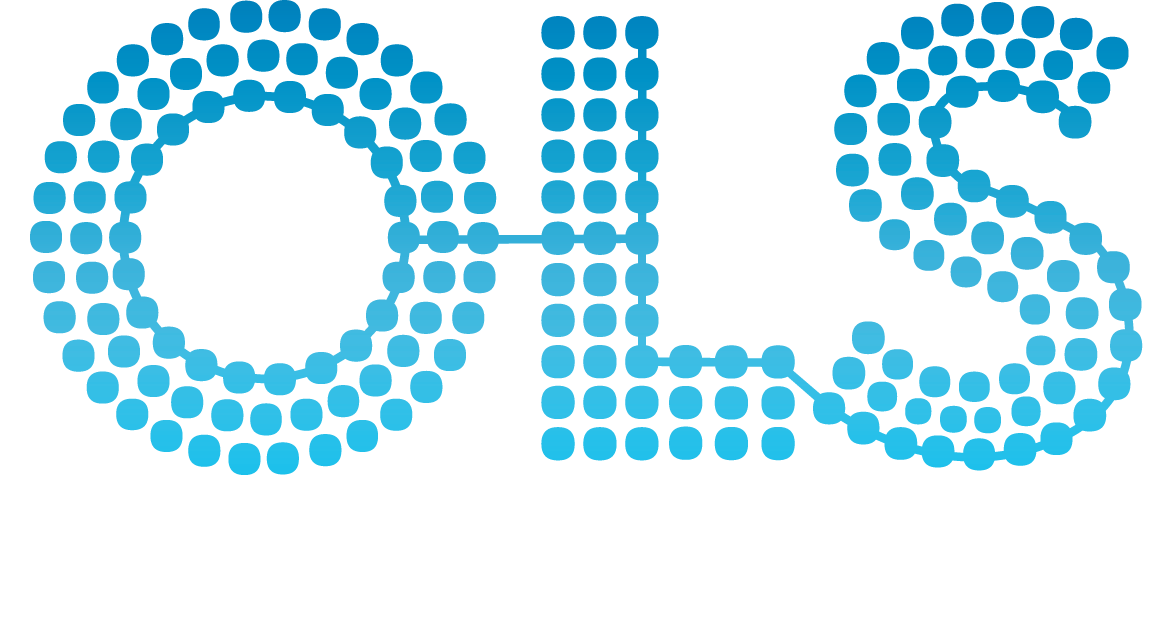Virus Expression Database



Submitted by Wenbin Wei (University of Birmingham, United Kingdom) on Apr 05 2013
Platform: microarray – [HuEx-1_0-st] Affymetrix Human Exon 1.0 ST Array [transcript (gene) version] 
Pubmed: 23724103
Summary Epstein-Barr virus (EBV) is an oncogenic virus that is associated with the pathogenesis of several human lymphoid malignancies, including Hodgkin's lymphoma. Infection of normal resting B cells with EBV results in activation to lymphoblasts that are phenotypically similar to those generated by physiological stimulation with CD40L plus IL-4. One important difference is that infection leads to the establishment of permanently growing lymphoblastoid cell lines, whereas CD40L/IL-4 blasts have finite proliferation life-spans. To identify early events which might later determine why EBV infected blasts go on to establish transformed cell lines, we performed global transcriptome analyses on resting B cells and on EBV and CD40L/IL-4 blasts after 7 days culture. As anticipated, there was considerable overlap in the transcriptomes of the two types of lymphoblasts when compared to the original resting B cells, reflecting common changes associated with lymphocyte activation and proliferation.
Of interest to us was a subset of 225 genes that were differentially expressed between EBV and CD40/IL4- blasts. Genes which were more highly expressed in EBV blasts were substantially and significantly enriched for a set of interferon-stimulated genes which on further in silico analyses were found to be repressed by IL-4 in other cell contexts and to be up-regulated in micro-dissected malignant cells from Hodgkin's lymphoma biopsies when compared to their normal germinal center cell counter parts. We hypothesized that EBV and IL-4 were targeting and discordantly regulating a common set of genes. This was supported experimentally in our model where IL-4 stimulation partially reversed transcriptional changes which follow EBV infection and it impaired the efficiency of EBV-induced B cell transformation. Taken together, these data suggest that discordant regulation of interferon and IL-4 pathway genes by EBV that occurs early following infection of B cells has relevance to the development or maintenance of an EBV-associated malignancy.
| ID | Title | Cell Type | Timepoint | Reported Virus | Virus Species | Exclusion Reason |
|---|---|---|---|---|---|---|
| GSM1116241 | B cells_d0_rep1 | B-lymphocyte  |
none | Uninfected | ||
| GSM1116242 | B cells + EBV_d7_rep1 | B-lymphocyte  |
7 days | EBV | Human gammaherpesvirus 4 | |
| GSM1116243 | B cells + CD40L/IL4_d7_rep1 | B-lymphocyte  |
7 days | none | Uninfected | Extra interventions CD40L & IL4 stimulated |
| GSM1116244 | B cells_d0_rep2 | B-lymphocyte  |
none | Uninfected | ||
| GSM1116245 | B cells + EBV_d7_rep2 | B-lymphocyte  |
7 days | EBV | Human gammaherpesvirus 4 | |
| GSM1116246 | B cells + CD40L/IL4_d7_rep2 | B-lymphocyte  |
7 days | none | Uninfected | Extra interventions CD40L & IL4 stimulated |
| GSM1116247 | B cells_d0_rep3 | B-lymphocyte  |
none | Uninfected | ||
| GSM1116248 | B cells + EBV_d7_rep3 | B-lymphocyte  |
7 days | EBV | Human gammaherpesvirus 4 | |
| GSM1116249 | B cells + CD40L/IL4_d7_rep3 | B-lymphocyte  |
7 days | none | Uninfected | Extra interventions CD40L & IL4 stimulated |